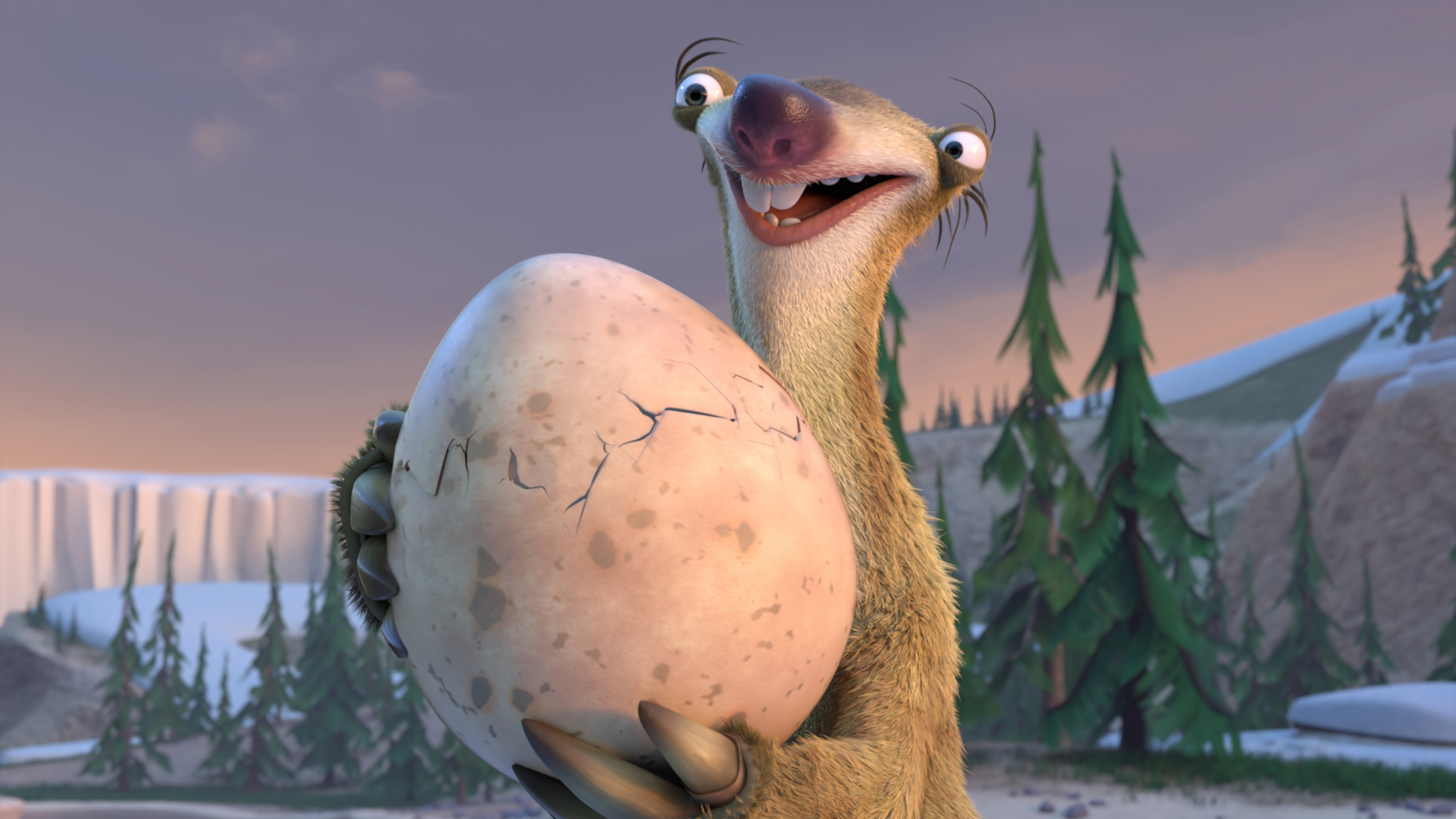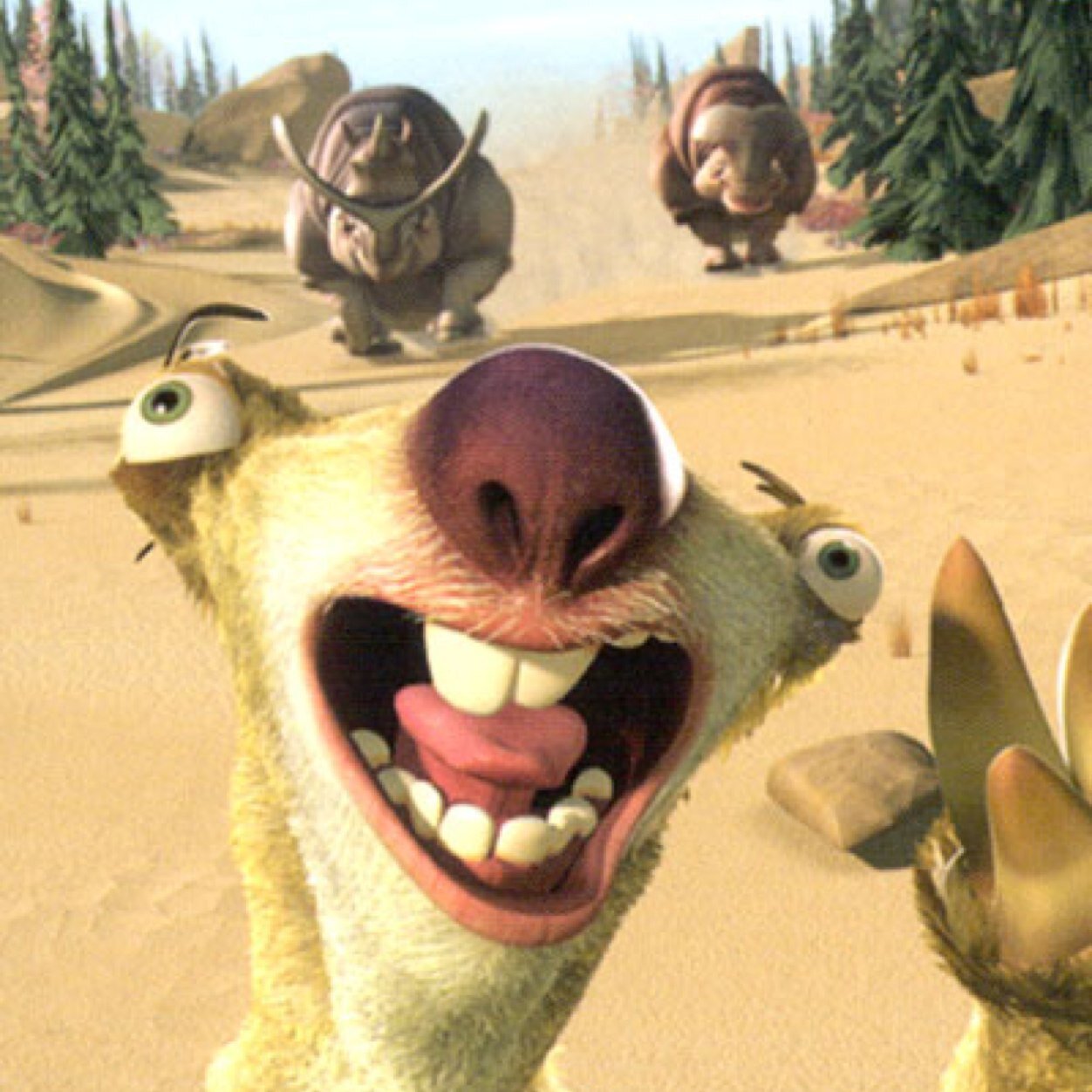

Researchers said the gigantic 10ft-long creature was an omnivore that at times consumed meat as well as plants. Only the small tree sloth survives today.Īncient sloths liked meat and two veg! Giant 10ft-long creature that lived in South America 1.8 million years ago was an omnivore, unlike its strictly plant-eating relatives Daily Mail - October 7, 2021Īn extinct ground sloth that lived in South America up to 1.8 million years ago was not a strict vegetarian like most of its living relatives because it likely ate meat, a study has found. Significant climatic change is most often cited as the reason but some anthropologists argue that the entrance of humans, first on to the North American plains east of the Canadian Rockies, then southward, could have had a dramatic impact, out of all proportions to their numbers, on the big animals at the top of the food chain. Many of the large mammals (e.g., the mammoth, the saber-tooth tiger) that inhabited the Americas, some even after the end of the last ice age, became extinct, in an episode known as the late Pleistocene die off. Seven thousand years later the giant sloth and most other large animal species in the Americas were extinct, but the first beginnings of complex human societies were taking shape, around 3000 BCE. The creatures portrayed there may have been giant sloth. However, simultaneous climate change that came with the end of the last Ice Age probably played a role as well.ġ0,000 years ago humans had reached the very southern tip of South America, where in present day Chilean Patagonia they shared a cavern with the giant sloth whose bones Charles Darwin discovered in the 1830's. Much evidence suggests that the extinction of the American megafauna, like that of Australia, far northern Asia, and New Zealand, resulted from human activity. Until geologically recent times, large ground-dwelling sloths such as Megatherium lived in North America, but along with many other species they became extinct immediately after the arrival of humans on the continent. Even so, leaves provide little energy, and sloths deal with this by a range of economy measures: they have very low metabolic rates (less than half of that expected for a creature of their size), and maintain low body temperatures when active (30 to 34 degrees Celsius), and still lower temperatures when resting. Sloths may also eat insects and small lizards and carrion.Īs much as two-thirds of a well-fed sloth's body-weight consists of the contents of its stomach, and the digestive process can take as long as a month or more to complete. Leaves, their main food source, provide very little energy or nutrition and do not digest easily: sloths have very large, specialized, slow-acting stomachs with multiple compartments in which symbiotic bacteria break down the tough leaves.

Sloths have made extraordinary adaptations to an arboreal browsing lifestyle. Sloths are herbivores, eating very little other than leaves. Most scientists call these two families the Folivora suborder, while some call it Phyllophaga. Sloths are medium-sized South American mammals belonging to the families Megalonychidae and Bradypodidae, part of the order Pilosa.


 0 kommentar(er)
0 kommentar(er)
